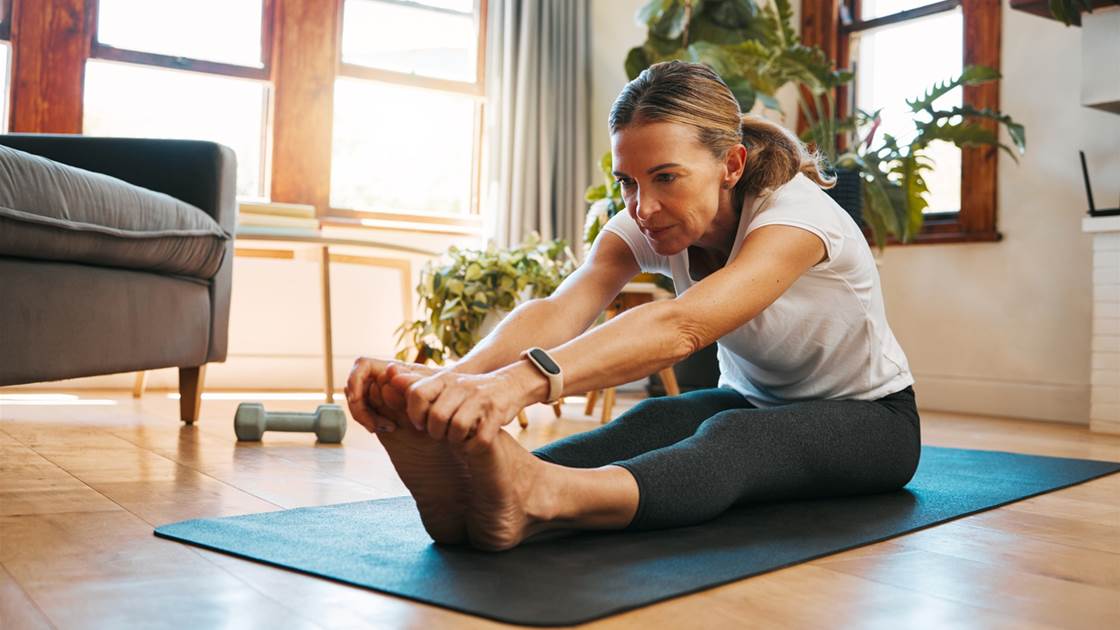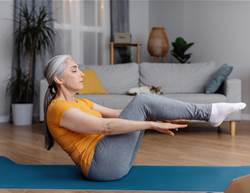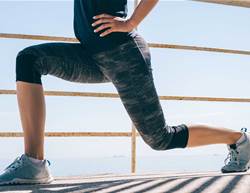Glute exercises get plenty of attention for shaping a stronger, perkier bum. But stretching those same muscles is just as important—especially for staying mobile and moving comfortably through everyday life.
“Glutes play a key role in stabilising your pelvis and maintaining posture,” explains certified personal trainer Josh York. “They’re also responsible for hip extension, leg movement, and outward leg rotation. When you stand, walk or run, your glutes are at work stabilising your lower back.”
If you’re dealing with lower back or hip pain, tight glutes may be to blame—even if you don’t realise it. When your glutes are restricted, surrounding areas like the hips, back and hamstrings work harder to compensate. “Tight glutes can also lead to poor posture, which can affect the knees and hamstrings,” York adds. In other words, your entire body benefits when your glute muscles are supple and strong.
Glute stretches benefits
Glute stretches improve lower limb mobility, support pelvic stability (especially during single-leg activities), and boost balance and coordination, says physical therapist Alex Germano. They also help relieve lower back and pelvic pain and reduce post-exercise soreness.
Here’s a quick breakdown of the three main glute muscles and how they work:
- Gluteus maximus: The largest of the three, this muscle powers hip extension (moving your leg backwards), helps rotate the hip outward and supports upright posture. It’s key for running, standing up and climbing stairs.
- Gluteus medius: Located under the gluteus maximus, this muscle supports hip abduction (moving the leg away from the body) and helps stabilise the pelvis when walking or balancing on one leg. It’s essential for side-to-side movement and pelvic control.
- Gluteus minimus: The smallest and deepest glute muscle, it helps with hip abduction and internal rotation. Along with the medius, it supports the leg and pelvis during movement.
Stretching these muscles regularly doesn’t just feel good—it’s part of a balanced movement routine that helps your whole body function better.
When to do glute stretches
Glute stretches aren’t just for cool-downs—they’re essential for mobility, injury prevention and everyday comfort. Knowing when to stretch and which movements to try can make all the difference.
“I recommend dynamic glute stretches before exercise to boost blood flow, mobility and coordination,” says Germano. “Save longer, static stretches for after your workout to support muscle recovery, relaxation and improved range of motion.”
Glute stretches to try
Here, Germano shares her favourite glute stretches to work into your weekly routine:
Hip 90-90
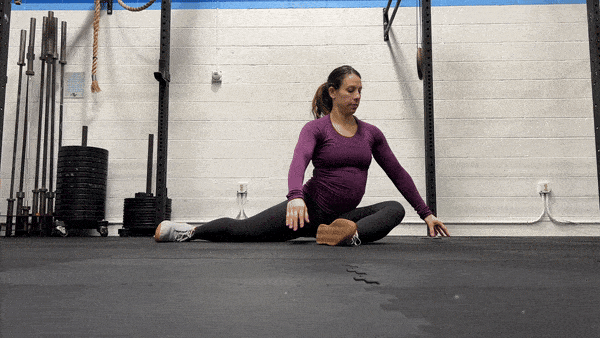
“This is a dynamic stretch for both hips at the same time,” Germano explains. It works on rotation and could help you get more comfortable in squats, she adds.
- Sit on the floor with your legs in a V shape
- Bend both knees to form 90-degree angles, with knees pointing to the right
- Lean your upper body over your right knee, staying within a comfortable range
- Hold and feel the stretch through your opposite glute and hip
- Switch sides and repeat
Pigeon

This stretch targets all three gluteal muscles, Germano says. “You may also get the added benefit of stretch through the lumbar spine as well,” she adds. “You can try different positions of the front leg, like more crossed in front of your body, to feel different stretches. If the floor isn’t accessible for you, try this version in a chair.”
- Begin on all fours
- Bring your right knee near your right wrist, placing your shin diagonally on the floor
- Slide your left leg back and point your toes
- Walk your hands forward or stack your fists and rest your head
- Hold for a few breaths, then switch sides
Lying figure four
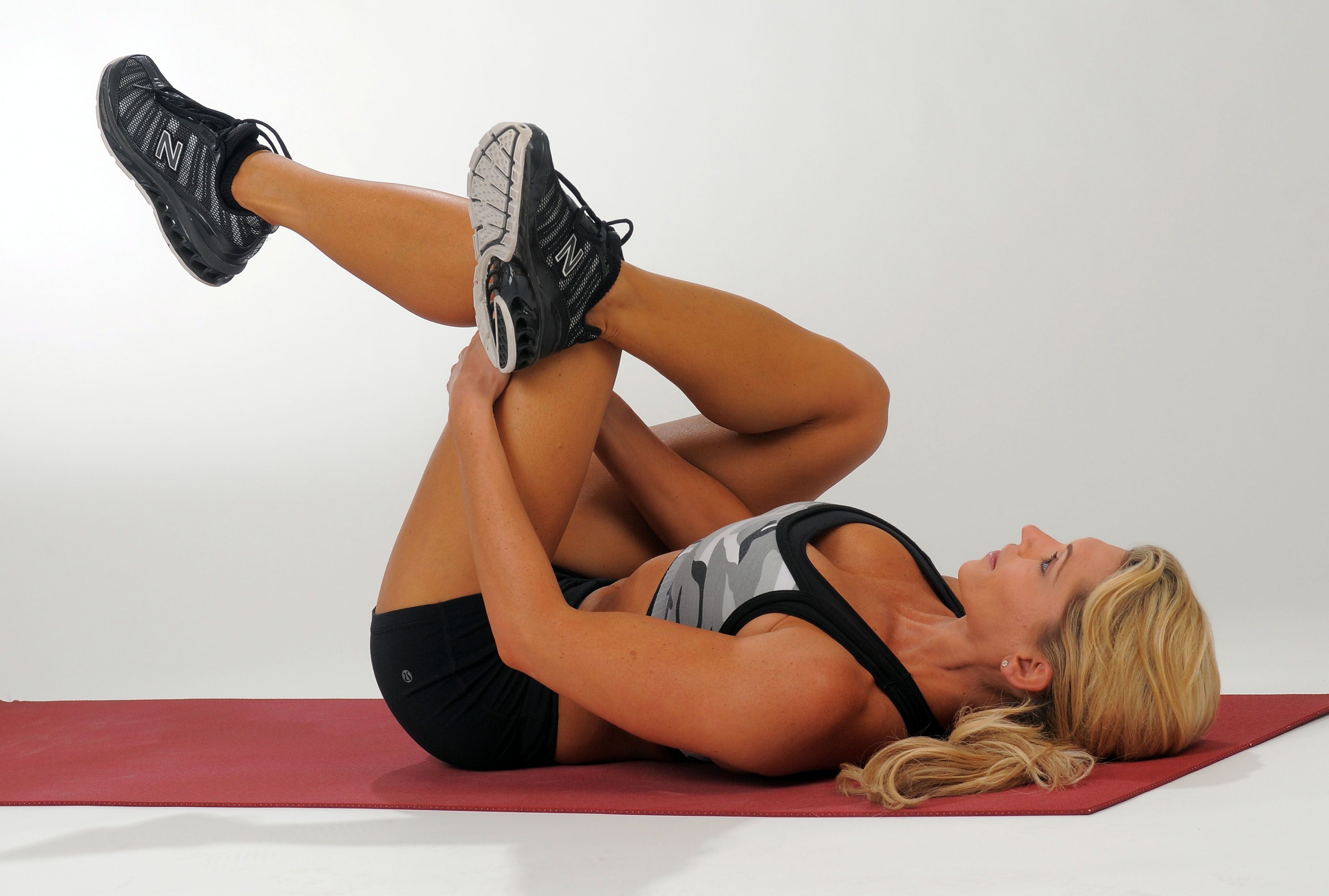
This stretch targets the outer glutes and thighs and is also a great way to decompress after a long day.
- Lie on your back with knees bent and feet flat
- Place your left ankle over your right thigh, creating a “4” shape
- Stay there, or thread your left arm through the gap and clasp your hands behind your right thigh
- Lift your right foot and gently draw your knee towards your chest
- Hold for 30 seconds, then switch sides
Deep squat
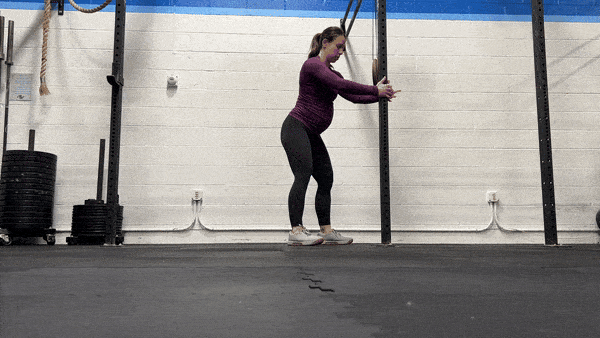
It’s called a deep squat for a reason—this glute squat really gets in there, helping you access a deeper range of motion, Germano says. “Try pushing the knees in and out to work on more rotation at the hips,” she suggests. “If this is uncomfortable, try putting an object under your heels so that you can access deeper ranges of motion.”
- Stand with feet hip-width apart and hold onto a sturdy surface for support
- Lower into a deep squat, keeping your heels on the floor
- Gently rock side to side or hold still
- Place a small object under your heels if needed
Down dog
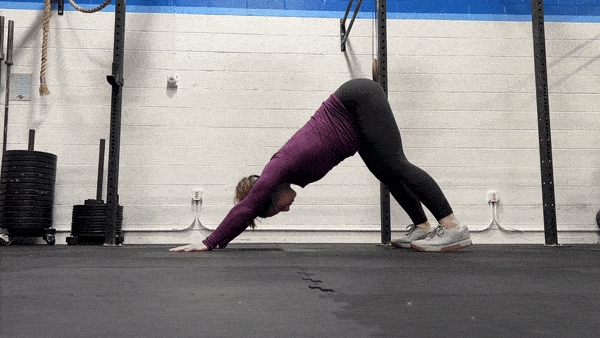
“This stretch is mostly for gluteal maximus as well as the hamstrings,” Germano explains. It’s also a dynamic move that benefits the rest of the body, too.
- Start in a plank position
- Push your hips up and back into an inverted V shape
- Pedal your heels for a deeper stretch
- Hold and breathe
Quadrupled rockback
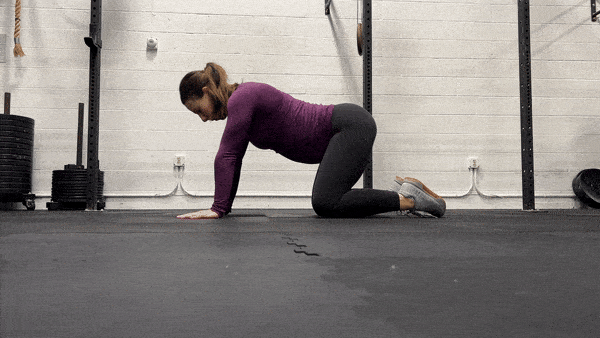
“This stretch can work different gluteal muscles based on your foot position. If you want to work on your internal rotation range of motion, move your feet outwards while keeping your knees in place,” Germano says. “If you want to work on external rotation, try bringing the feet together.” If any of that places too much pressure on your knees, she recommends placing a pillow behind them for extra support.
- Start on all fours
- Push your hips back toward your heels, then return to tabletop
- Repeat four times
- For more internal rotation, move your feet outward. For external, bring them together
- Use a pillow behind the knees for added comfort
Supine twist
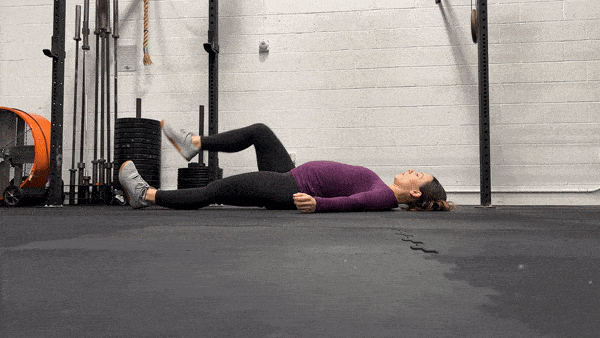
This is a classic gluteal and lumbar stretch that can be performed upon waking in the morning or before going to bed, Germano says. It’s a great way to work on the gluteal muscles that are hip abductors, meaning they help your body move from side to side.
- Lie on your back
- Bring your right knee towards your chest
- Cross your right leg over your body to the left side while keeping your right shoulder grounded
- Feel the stretch through your glutes and spine
- Switch sides
Butterfly stretch
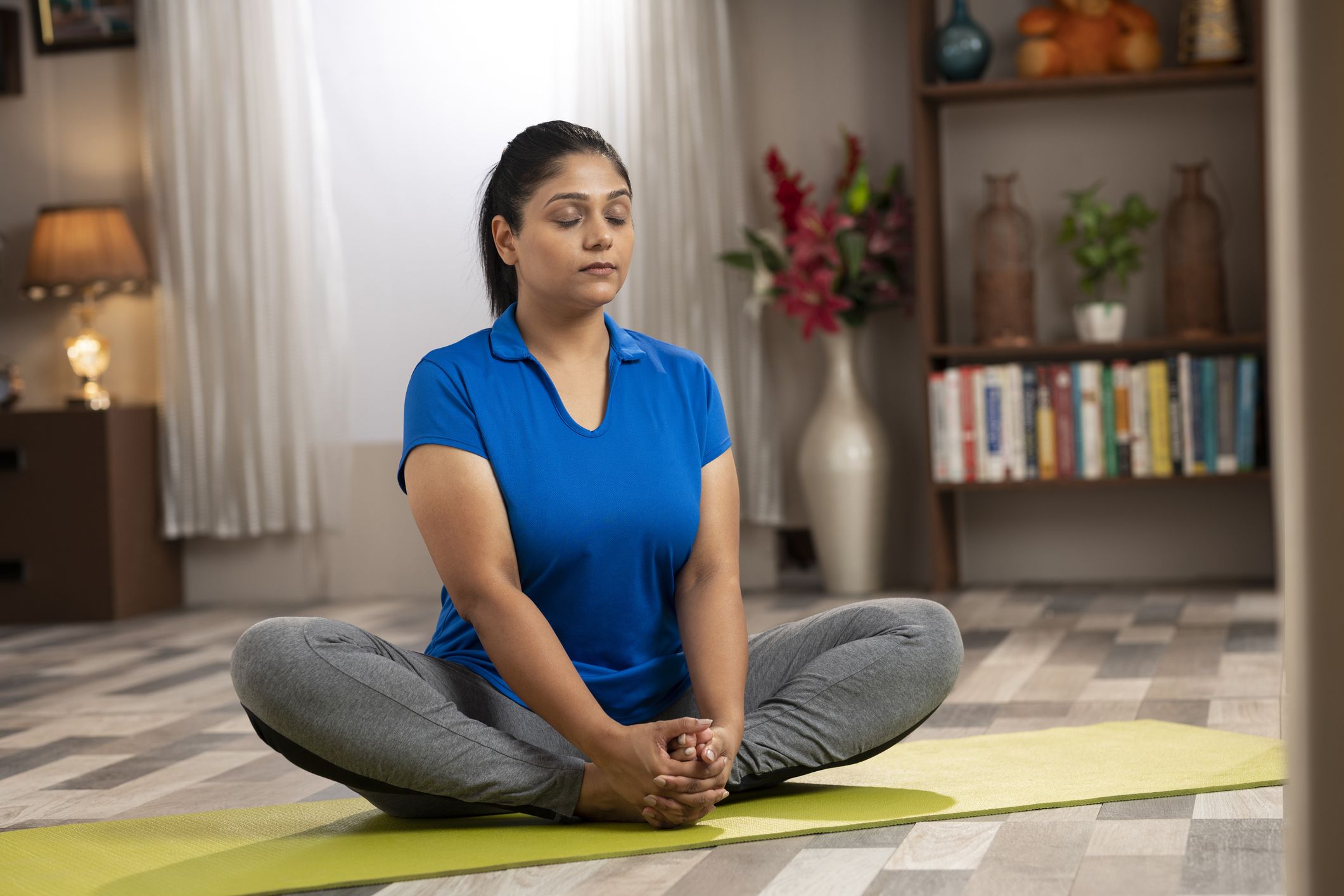
This hip opener and glute stretch is a gentle way to wake up your lower body.
- Sit upright on the floor
- Bend your knees and bring the soles of your feet together
- Stay seated, or fold forward at the hips for a deeper stretch
- Reach your arms out in front of you to increase intensity
- Hold for 30 seconds
